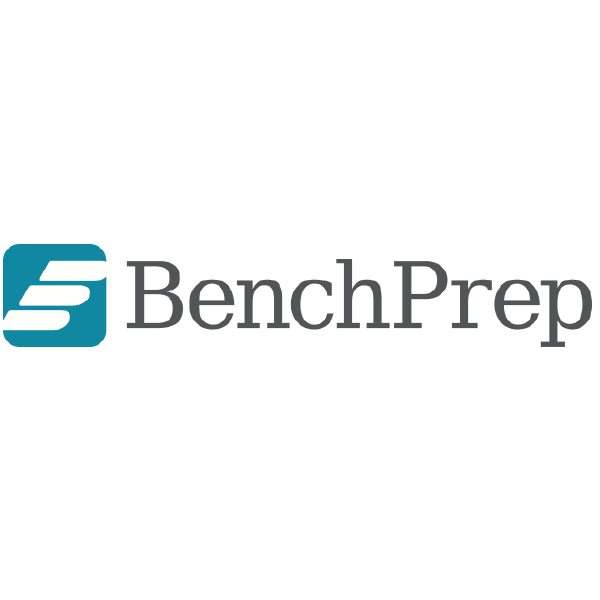Professional Partner Content
The 3 Pillars of a Successful E-Learning Program
Published Wed Mar 03 2021
During the last year, many learning organizations had to pivot their learning programs to adapt to the new way of learning.
Have you invested time and energy into an e-learning program? If so, you might be wondering what makes a successful one or how you can determine whether or not a program is succeeding or failing. In this post, we’ll break down the three pillars of a successful e-learning program.
Pillar One: Learner Experience
You’ve invested in an easy-to-use learning management system. It has personalized learning pathways, microlearning modules, and insights into learner strengths and weaknesses. But is it optimized?
First, ensure your learning content has been designed with the needs and expectations of the modern learner in mind. If your program is not keeping this audience at the center, you run the risk of a bad learning experience that can lead to high dropout rates and ROI left on the table.
To improve the learner experience at your organization, here are three key areas to keep in mind:
● Make it accessible. The average American spends more than five hours a day on their mobile phone. To connect with your learners, you need to incorporate mobile learning into your learning program.
● Make it personalized. The best programs provide a personalized experience based on each learner’s preferences and knowledge across various areas.
● Make it smarter. Actionable data is key for creating a better learning experience. Real-time feedback on overall progress helps professionals spend their time wisely and keeps them motivated throughout their learning journey. Data is also crucial for your organization to make smart, informed decisions.
Pillar Two: Learner Engagement
Imagine what an engaged learner looks like. They ask questions, complete their coursework on time, show up with a confident attitude, and come prepared on exam day. Engaged learners are present, active advocates throughout the entire learning process.
There are many opportunities to improve learner engagement within your program, but it’s important to keep in mind that learners need more than bells and whistles to stay engaged.
These questions can help you determine whether your program is engaging enough for the modern learner:
● Are there opportunities for social learning?
● Have you segmented your audience to offer relevant content?
● Is it personalized?
● Can your learners access the content easily or is it buried in a clunky learning portal?
● Have you incorporated gamification, streaks, badges, or achievements throughout your program?
Pillar Three: Organizational Revenue
Your learning and training program goal is to lead your professional learners to success that will increase their earning power during the course of their careers. But what is the goal for your learning business? We think it should be driving revenue.
For many organizations, revenue is the missing ingredient from their learning program strategy. And as continued, lifelong learning becomes the standard across nearly every industry, organizations that unlock the hidden potential of their greatest asset—their learners—can transform their learning programs from cost centers to revenue drivers.
According to HolonIQ, in 2020, the education industry spent $227 billion on digital, and they have forecasted this to grow to $404 billion by 2025. Nearly half of organizations using digital learning techniques say they’ve already seen a corresponding boost in income. CompTIA, the global leader in IT training, is among those success stories. Since unveiling its online certification renewal program, the nonprofit has seen a 20 percent increase in revenue, which is twice what it had anticipated.
You can see similar results by optimizing your eLearning program for revenue generation. Get started by asking the questions below:
● Will e-learning allow you to reach more users in new markets?
● What new, digital courses can you develop to retain current clients?
● Will new learning technology decrease content creation costs?
Putting It All Together
To create programs that are good for learners and good for business, many organizations need a fresh approach to their learning strategy. By focusing on the three pillars of a successful learning program, you can be sure to reach your learning program goals. If you want a more comprehensive look at the three pillars of a successful learning program, download BenchPrep’s e-book here.
You've Reached ATD Member-only Content
Become an ATD member to continue
Already a member?Sign In

